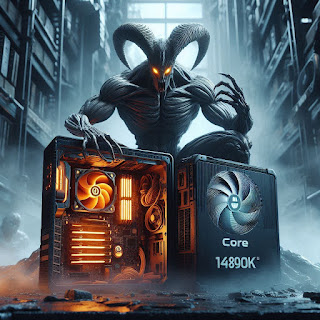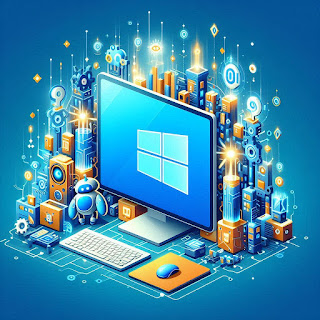Is your iPhone showing incorrect battery percentages or constant charging notifications? This comprehensive guide will help you diagnose and fix these annoying issues. Visit Apple Support
🔍 Understanding the Issues
Common Symptoms
- Battery Display Problems: Fluctuating percentages, incorrect readings, sudden drops to 1%, and instant recovery.
- Charging Notification Issues: Repeated notifications, intermittent charging alerts, top notch disruptions, and inconsistent charging status.
⚡ Quick Solutions
Basic Troubleshooting
- Restart Your iPhone: Press and hold the power button, slide to power off, wait 30 seconds, and restart the device.
- Check Charging Equipment: Inspect cable for damage, clean the charging port, try a different charger, and test another outlet.
🔧 Advanced Fixes
System Reset Options
- Reset All Settings: Go to
Settings > General > Reset, choose "Reset All Settings," enter passcode, and confirm reset.
- Battery Calibration: Drain battery completely, charge to 100%, keep charging for 2 more hours, then restart device.
🔍 Hardware Check
Potential Issues
- Physical Inspection: Check for port damage, look for corrosion, inspect cable condition, and verify charger output.
- Battery Health: Go to
Settings > Battery, check battery health, view peak performance, and monitor usage patterns. Learn about battery health
💻 Software Solutions
System Updates
- iOS Update: Check for updates in Settings, install if available, and monitor battery behavior after updating.
- Background Apps: Check battery usage, close unused apps, reset app preferences, and monitor performance. Learn about background app usage
📞 When to Seek Help
Professional Support
- Apple Store Visit: Schedule a visit for hardware diagnosis, battery testing, and professional inspection. Find an Apple Store
- Warranty Check: Verify coverage, document issues, schedule service, and backup data. Check warranty status
🛠️ Prevention Tips
Best Practices
- Charging Habits: Use certified chargers, avoid extreme temperatures, regularly clean ports, and store properly.
- Maintenance: Regularly update iOS, optimize battery settings, protect charging ports, and monitor usage patterns.
📌 Conclusion
If issues persist, consider contacting Apple Support, visiting an authorized service provider, or exploring a battery replacement option. Contact Apple Support
📑 Quick Reference
Common Fixes:
- Try basic restarts
- Check charging equipment
- Update iOS
- Monitor battery health
- Document problems
Need more help? Contact Apple Support or visit your nearest Apple Store for professional diagnosis. Bookmark this guide for future reference and always use certified Apple accessories to maintain battery health.




Comments
Post a Comment